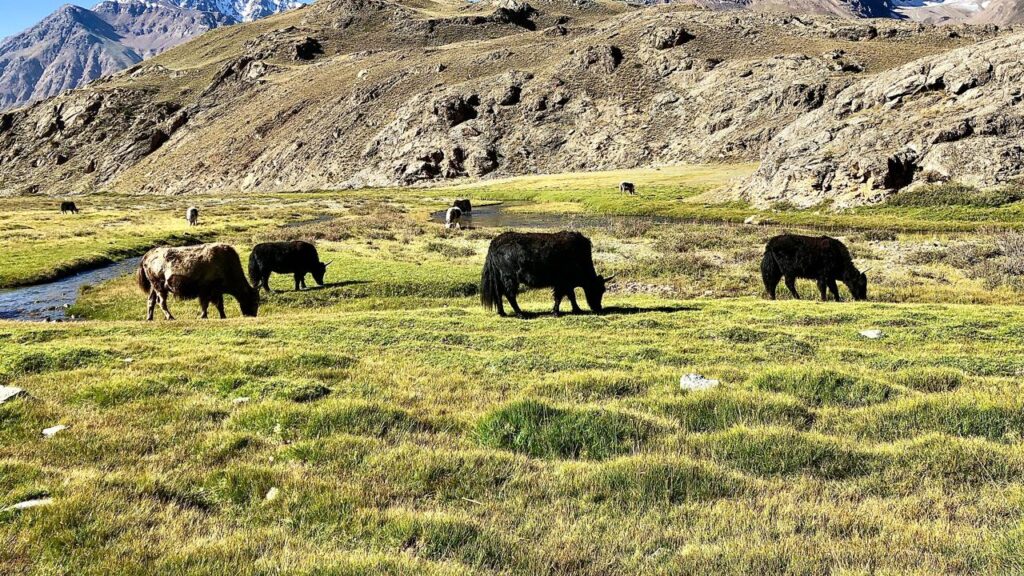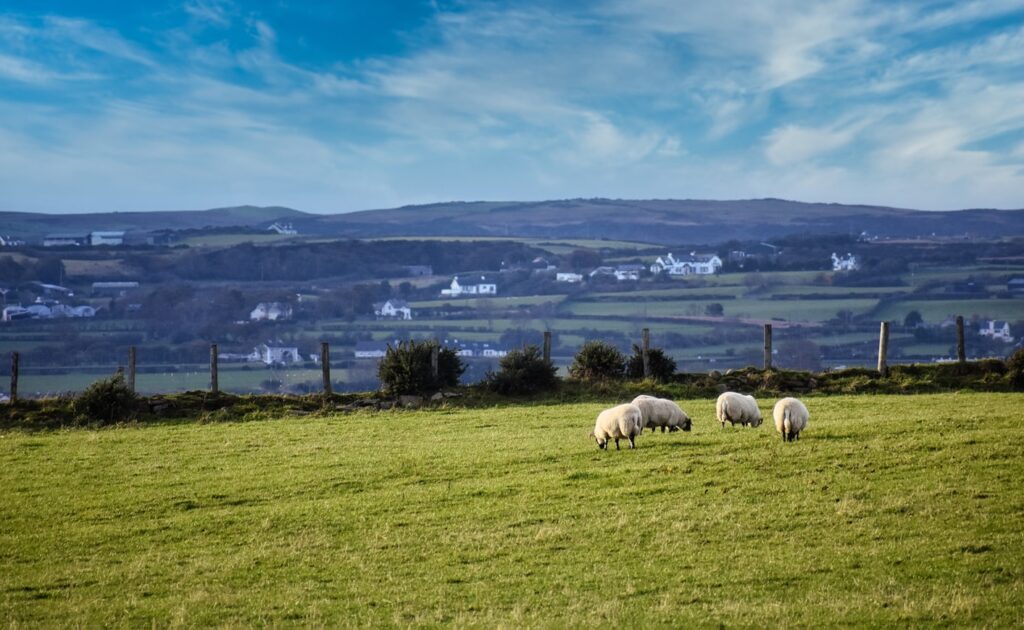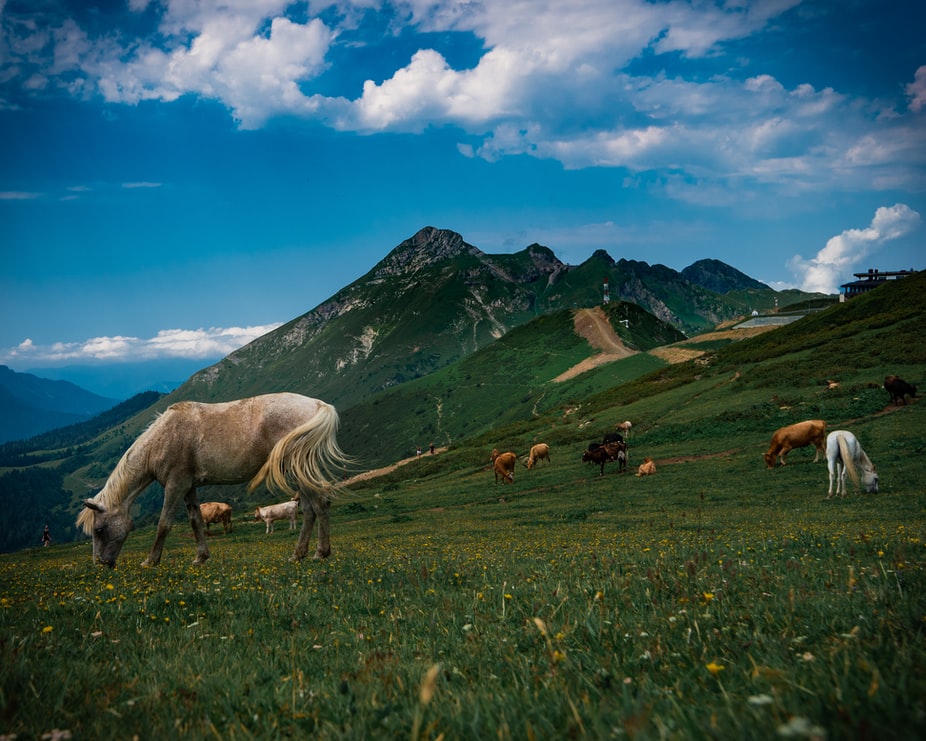Successful grazing management comes from understanding certain basic principles, such as how plants grow and how soil, weather and climate conditions affect the rate of plant growth and recovery after grazing. This means that intensive grazing / adaptive managed grazing / collective grazing is different for people working in areas with 48 inches of rain compared to those with only 12 to 20 inches.
Conservation and handing down of land to future generations has been reported as one of the main reasons pastoralists remain in the livestock sector despite their mental, physical and financial difficulties.

Although profits and financial incentives are not always the drivers of decision making, ranchers would always choose the most profitable management strategy to secure the legacy of the ranch.
Many pastoralists use rotational grazing to rest the pastures each season and change the timing of grazing on pastures over the years; however, rotational grazing would be more expensive compared to the initial infrastructure costs (fencing and water), and the ecological benefits are elusive in the scientific literature when compared to other grazing systems, particularly grazing systems. continued.
A review of previous research shows many cases in which continuous grazing outperformed rotational grazing in both production and economics of plants and animals, or where there were no significant differences between two systems; however, there must be a reason why ranchers choose rotational grazing despite these results.
Successful grazing businesses realize sustainable profits by cultivating and converting pasture and animal feed into livestock products that consistently meet market specifications.
Sustainable and profitable grazing systems use tactical grazing management to link pasture production to pasture use and animal production.
Grazing management plays a key role in this process to ensure:
- pasture growth is optimized
- The composition of grasses is maintained in a desirable state.
- the grass is used, not wasted
- livestock performance responds to established growth pathways
- Resources are managed within environmental limits and guidelines.
Grazing goals

Decisions about when and where to graze should be based on clearly defined and prioritized animal production and resource management goals.
Grazing Strategy Diagram
Clearly establishing and prioritizing your goals will simplify your management decisions.
A grazing strategy is a plan to achieve a set of goals, based on knowledge of available resources and the production and marketing environment.
Pasture Management
Pasture management is an integral part of horse breeding. A good forage management program will not only keep horses healthy but also ensure the economic longevity of healthy pastures.
Good pasture management is important for the overall management of the farm. Grazing animals deposit manure on pastures and exercise areas. Ultimately, this manure enters the pasture soil or, if the pasture is sparsely vegetated, it can pose a risk of runoff. Thus, the first principle of manure management with grazing animals is to ensure productive pastures. Productive pastures will reduce the risk of manure runoff by providing soil cover that will prevent soil erosion. These grasses will also take up nutrients from manure and use them for cultivation.
What makes a productive pasture?

What are some elements of productive pasture management? Adequate soil health and fertility will provide a good growing environment for grass, forage, and legume species. Manure can help improve and maintain soil fertility by providing necessary nutrients (N, P, and K) and organic matter. These nutrients will help promote the growth of grasses and legumes, while the organic matter in manure will help structure the soil, protect against erosion, and improve the natural fertility of the soil. Choosing the right species of grasses and legumes will help optimize forage management and pasture growth.
Pasture rotation is also practiced to optimize plant growth and utilization by grazing vegetation at appropriate heights and allowing for proper rest and growth. Activities such as pulling or pruning brush, skidding to break up manure clumps, fertilization and over-seeding are also necessary components of pasture forage management.
